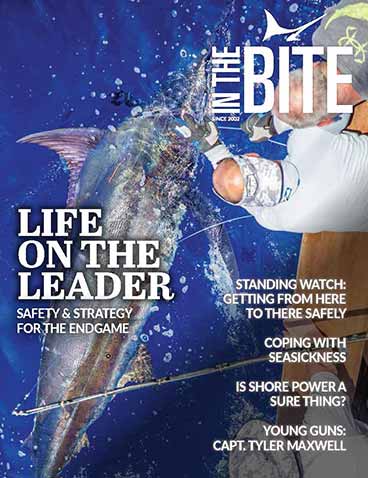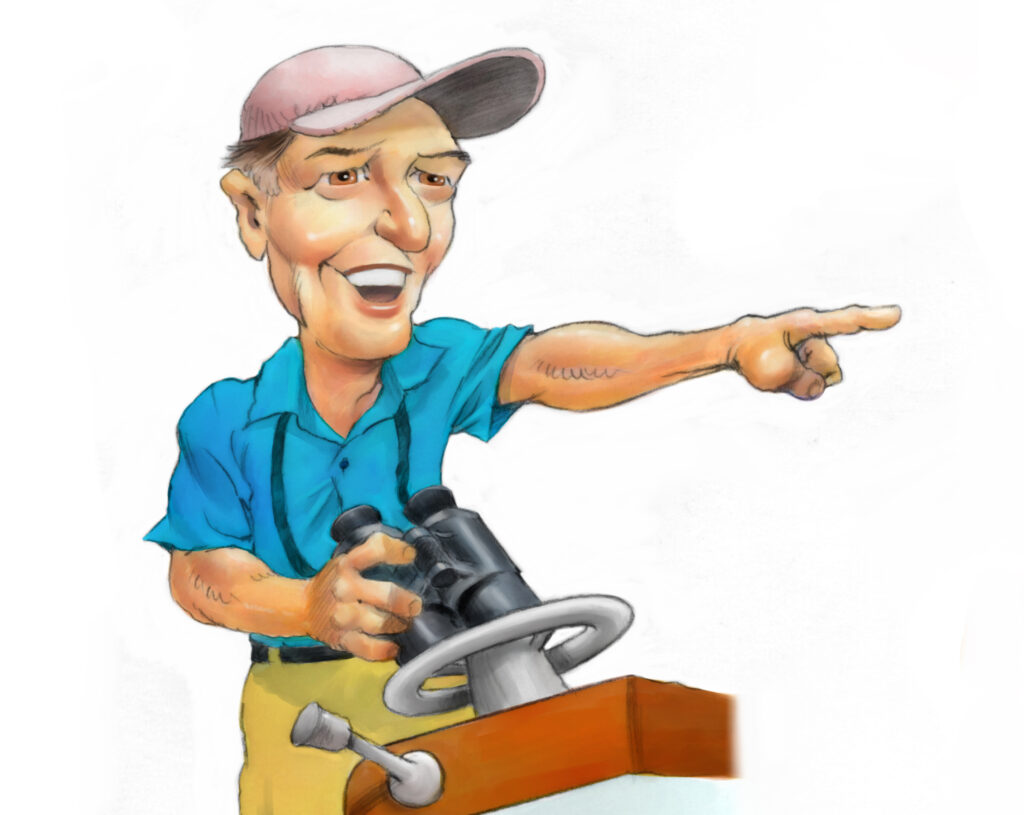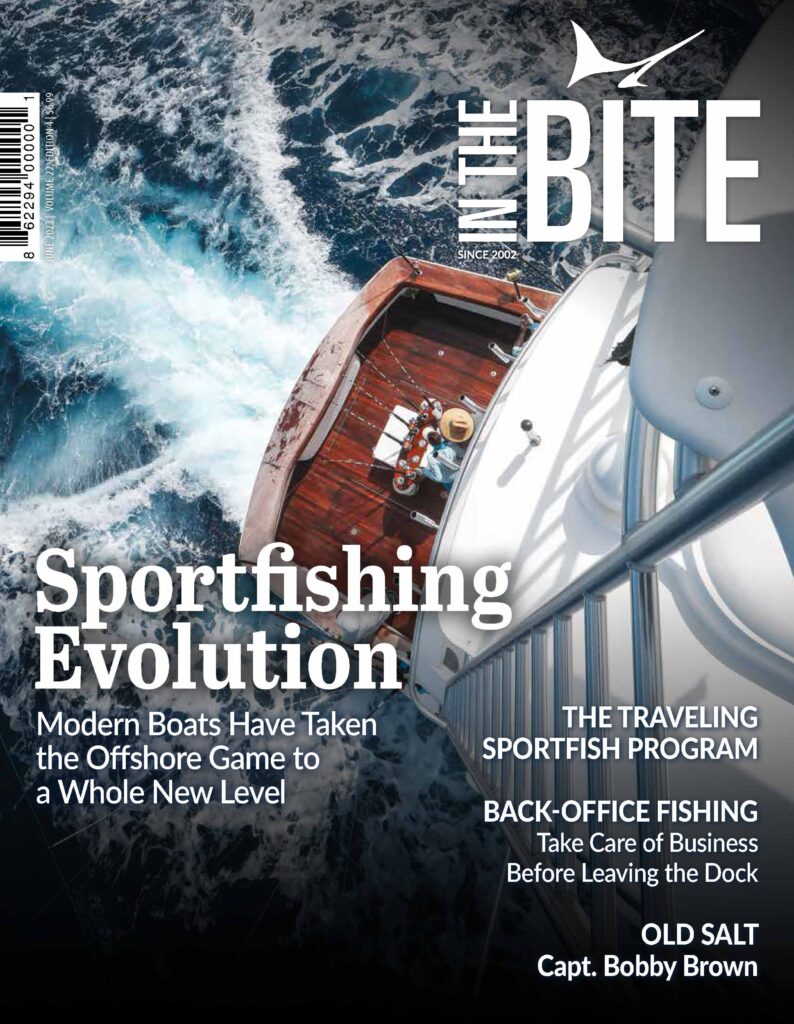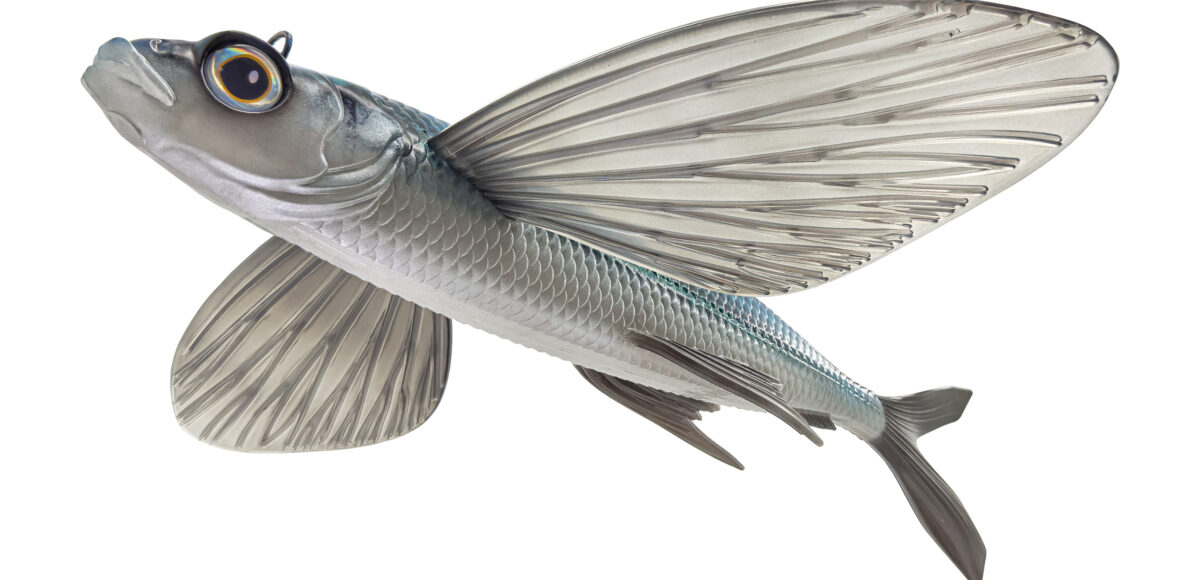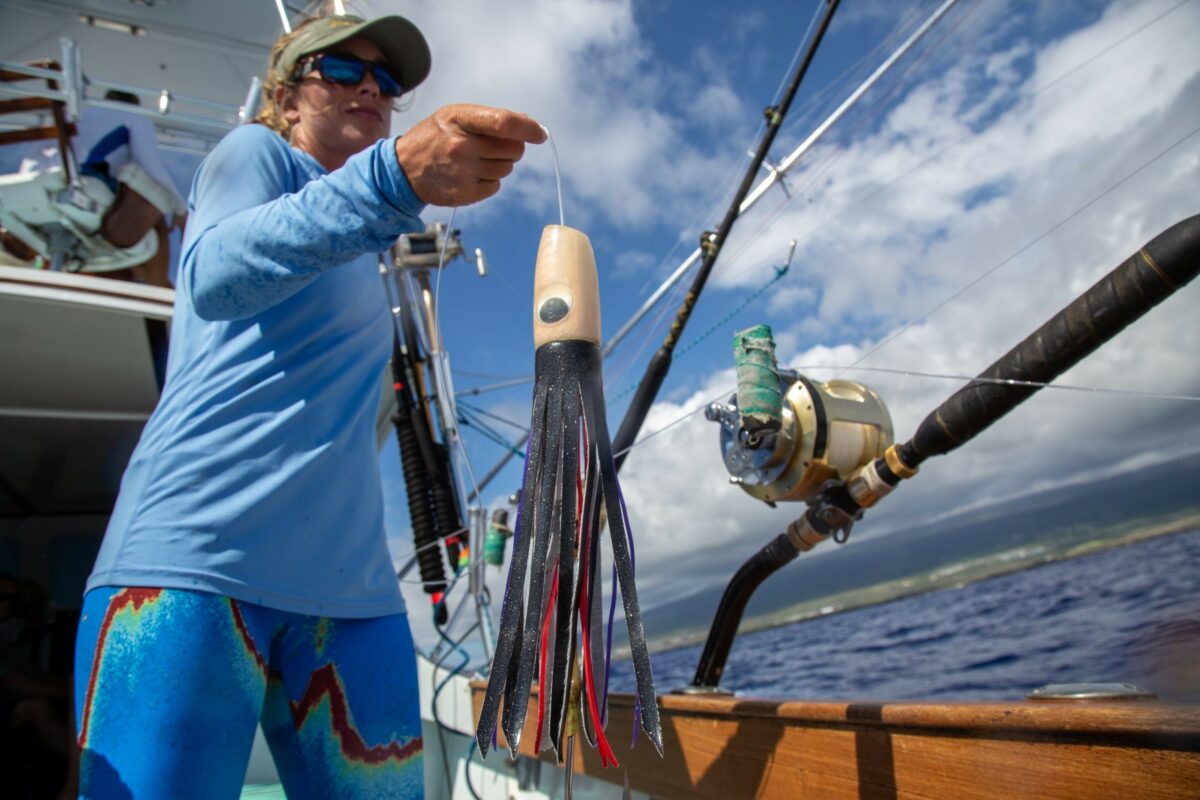Table of Contents
In early 2018, sportfishing legend Capt. Bart Black Bart Miller passed away. Bart left behind a lure company bearing his name and a list of marlin fishing feats that will likely never be duplicated. Miller was a veritable legend in the sportfishing industry and InTheBite is proud to have published some of Miller’s perspective.
Evolution of Lure Design
As far back as I can remember, lure designs were very basic: bullet-shaped heads and slant heads. Slant heads fell into two categories, one being a tube-shaped head with a slant nose; the other being a cylinder-shaped, tapered head with a dished out nose. The dished-out shape was simply named a conventional head, and later someone coined the name Kona Head, which described it. During those formative years the leader tube hole was in the center front and back on all tube-head shapes.
The Introduction of the Kona Head
The original Kona Head leader hole, however, was below center in the front dished out area, and in the back the leader hole was centered. Trolling speeds for these Hawaiian lures ranged from 4 to 6 knots.
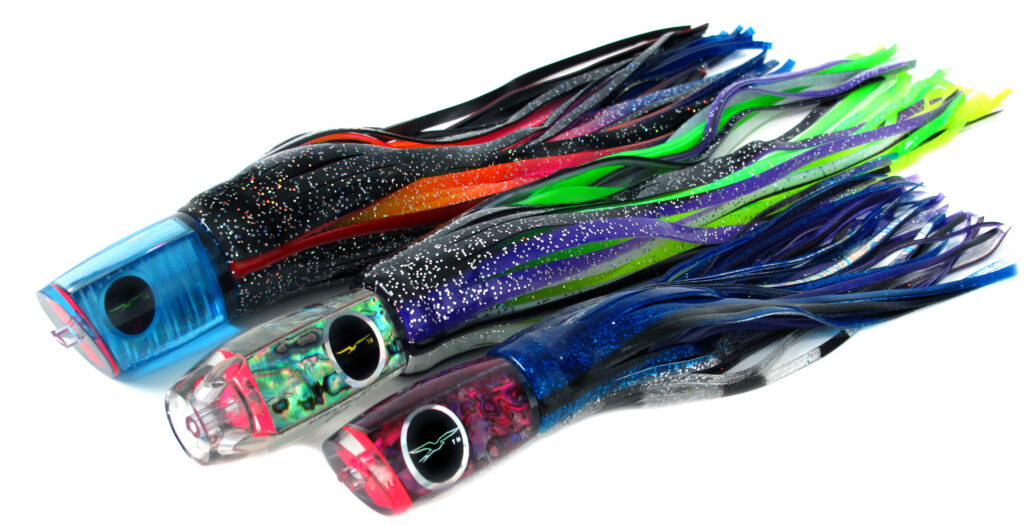
Innovations in Trolling Speed and Lure Action
It wasn’t until several innovative fishermen altered the original shapes that the doors to modern lure fishing opened. These very important changes offered unique and better lure action, and also allowed trolling speeds of 7 to 15 knots which proved to be highly effective. Another innovation was the cupped head, and cupped heads with jet holes. The always popular bullet lures took on a new fashion as well. They now come loaded with lead, some even with jets, and these new bullet heads add a deadly dimension to a spread.
The Debate: Slant vs. Cupped Head Lures
So which of the two designs is better: Cupped, or slanted? Let start with the slant heads’ preferred action, with the flat line trolled off the rod tip. Our trolling speed will be 8 knots, and the placement of this slant head is on the 2nd or 3rd wave.
The Ideal Action for Slant Heads
The slant head should always try to swim left, right, up, down, pop and splash. What you dont want to see a slant head do is spin, loop or stay on top splashing. Staying down with no undulations, or pop and splash is just as bad. The best pop and splash pattern occurs every 5 to 8 seconds, the latter being my first choice. When a slant head dives, it should pull with it a long tail of whitewater and bubbles. If the slant can hold the white tail for the full 8 seconds then it is just that much better. When pulling a slant from the rigger, you want the same action, but youll probably need to vary your rigger height and boat speed to get it just right.
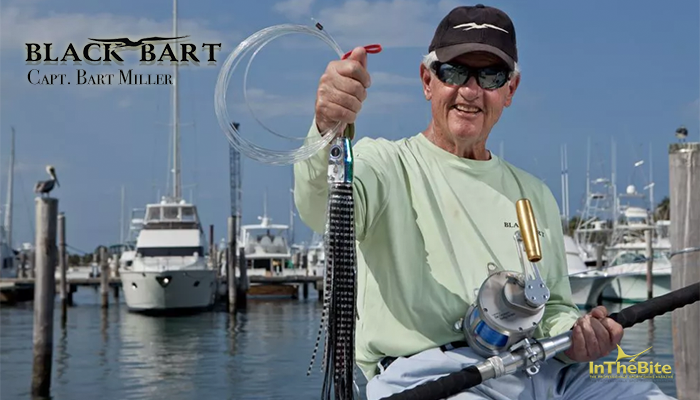
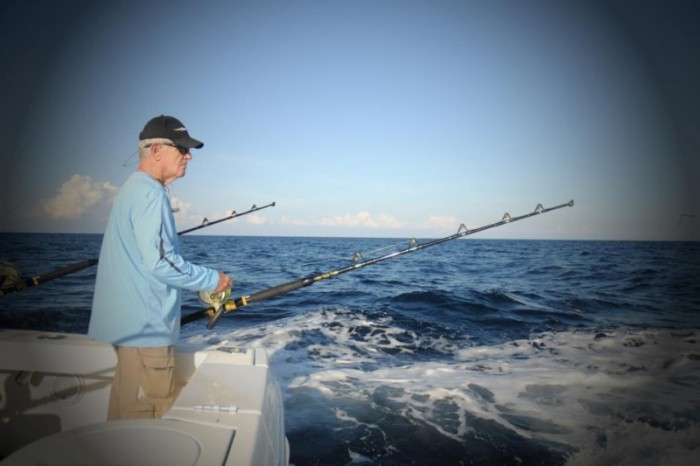
Advantages of Cupped Lures
Cupped lures have a negative lift by comparison to slant heads. Most of the time, they are better run from the riggers, short or long. When they are trolling correctly, the action is much like a torpedo, steaming along just below the surface. Some have a noticeable head shake, and most stay down for a long count of 5 to 10 seconds depending on sea conditions or the speed in which they are being trolled. Rigger lift will also peak the cupped lure action. They carry a big bubble trail with plenty of whitewater, and they have minimal splash. Cupped lures dont dive as deep, or undulate as much as the slant heads. On the positive side, cupped lures are easy to catch, and mixing them with slant heads will give you the best of both worlds. Cupped lures are a must if you are encountering foul weather, big following seas, or pounding head seas.
Crafting the Perfect Lure Spread
Ive had the pleasure and distinction of growing up during both the old and new world of lures, and to this I say respectfully, some are hot, and some are not! My favorite spread is a pair of slants on the flat short corners, a cupped jet on the short outrigger, slant on the long outrigger and a cupped jet on the center rigger. And there you have it: three slants and two cupped. That what works for me. Great fishing, Capt. Bart Miller
Don’t Forget to Check Out Our Sportfishing Job Board! Did You Know? It’s the perfect platform for seeking skilled captains and mates. Whether you’re on the hunt for your dream team or looking to join one, your next big adventure begins here. Explore the opportunities now! Click Here
Dive Deeper into the World of Sportfishing
You’ve just experienced a taste of the exceptional content featured in the pages of InTheBite Sportfishing Magazine. If you found this engaging, you’re in for a treat with our full publication. Whether you prefer the tactile experience of print or the convenience of digital or both we have a special offer for you.
Unlock Exclusive Savings: Enjoy 50% Off Your Subscription!
Are you ready to explore the thrilling world of sportfishing from the comfort of your home? Subscribe now and embark on a journey filled with captivating stories, expert insights, and insider tips. Choose between our digital or print edition and secure an incredible 50% discount on your subscription.
Subscribe today and get ready for an adventure like no other. Click here to subscribe and elevate your sportfishing experience with InTheBite Sportfishing Magazine.

